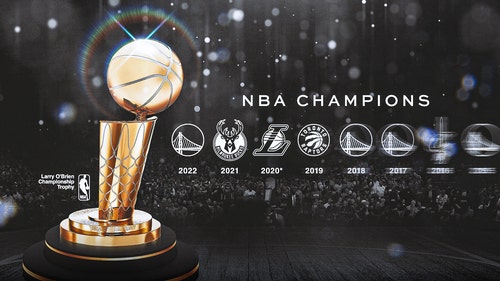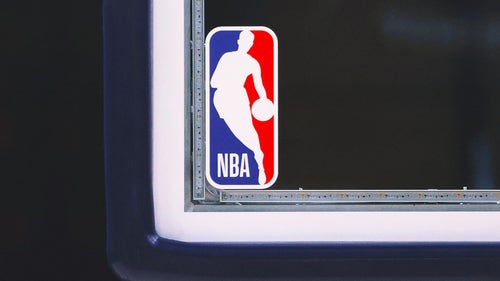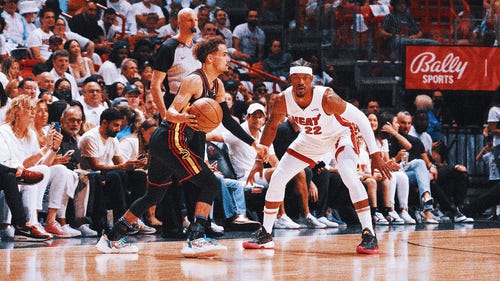
The New CBA Affects How the Sixers Could Approach the NBA Draft
With the NBA’s new collective bargaining agreement in place, there’s some alterations that could impact how the Philadelphia 76ers approach the second round of this year’s NBA Draft.
With the new Collective Bargaining Agreement (CBA) set to take affect league-wide this offseason, there are several provisions that could have a direct impact on the Philadelphia 76ers moving forward. While some of the contractual alterations are garnering the most attention, one slight shift in roster construction could hold substantial gravity in determining how the Sixers approach this summer — especially in regards to the NBA Draft.
Much of the CBA is yet to be completely explored since it’s so brand new.
76ers
The Sixer Sense 10h5 Reasons former Philadelphia 76ers Sam Hinkie Stockpiled for Anthony Davis
More headlines around FanSided:
11h - JoJo Does What He Wants: The On-Court Fashion King of 201717h - Sixers Should Wait for the Draft to Target a Point Guard19h - Could the Brandon Knight be the key to a 76ers and Pelicans trade?21h - What the Jahlil Okafor Trade Rumors Mean for Nerlens Noel1 d - How the Chicago Bulls can trade for Jahlil OkaforMore News at The Sixer Sense
The new CBA has implemented two-way contracts, a seemingly small change to roster rules that could revolutionize how teams approach the draft in coming years, with the second round likely witnessing the greatest effect.
Those contracts add two spots to the 15-man roster construction that already exists, stretching the total number to 17. What differentiates those additional roster spots, though, is how they mesh into the flow of the organization. The pair of two-way contracts will allow teams to shift players down to the D-League while still retaining their rights, something that’s not currently the case for non-members of the 15-man rotation.
That gives teams the freedom to, potentially, assign their second-round picks to the D-League without using a roster spot or losing their rights overall. It also affects undrafted free agents, as players who are invited to training camp can be given a two-way contract, and thus forgo the potential of getting nabbed from a D-League roster mid-season.
This could, in broad strokes, have fairly massive implications on how teams — like the Sixers — not only go about signing their second round picks, but how they determine which players they actually select.
Changes in international protocol and D-League uncertainty
Where I see the most change stemming from this is international talents. A lot of teams go the route of draft-and-stash for development, as it allows them to hold onto a player’s draft rights while keeping them off the 15-man roster for the first handful of seasons. Now, the CBA’s newest provision could allow teams to bring their international prospects to the states more often, getting them work with NBA-level training staffs and developing their skills on American, team-affiliated soil.
While it won’t necessarily solve contract complications, like Dario Saric‘s buyout conundrum in Turkey, it will give teams the ability to take on younger prospects who don’t have financial obligations withstanding overseas after being drafted.
Additionally, it will allow teams to establish clearer developmental paths for prospects selected in the second round. Yogi Ferrell, who played with the Nets earlier in the campaign, went undrafted this season due to his desire to avoid playing overseas. That kept him off a 15-man roster and denied his draft rights to teams looking to stash him in Europe. The Mavericks were then able to sign him to a 10-day contract without obstruction, a development that has now evolved into a two-year contract for Ferrell, as well as the starting point guard spot in Dallas.
Two-way contracts will allow teams to draft players like Ferrell and keep them in the states without reserving a primary roster spot. That means a team — like the Nets — can avoid losing a player’s rights to the D-League free-for-all, and therefore stave off situations like Ferrell’s from transpiring.
The CBA’s relation to Philadelphia
In direct regard to the Sixers’ scenario, this could play out in a handful of ways. They’ll have two second round picks in the 2017 NBA Draft, meaning both two-way roster spots — if necessary — could feasibly be filled in that manner. We’ve seen them tap the international reserves fairly often in recent years, something that could become even more likely given the structure of the new deals.
That also gives fans — as well as the team — a closer look at second round prospects who may otherwise not make the team right away.
This is a draft that is fairly deep in talent, and some of that extends well into the second round. There are players with immediate utility in the Sixers’ rebuilding rotation, both foreign and domestic, that are worth pursuing — and these CBA changes influence the manner in which they’ll be selected.
While this may not play an overtly prominent role on draft night, it’s something the front office will be carefully considering when making decisions. Whether or not they draft based on fit or potential, as well as based on a player’s current situation, will largely depend on this new provision. It’s something that Sixers fans should pay attention to in the midst of a revitalized rebuild, especially given their second round success in years past.
More from The Sixer Sense
This article originally appeared on




